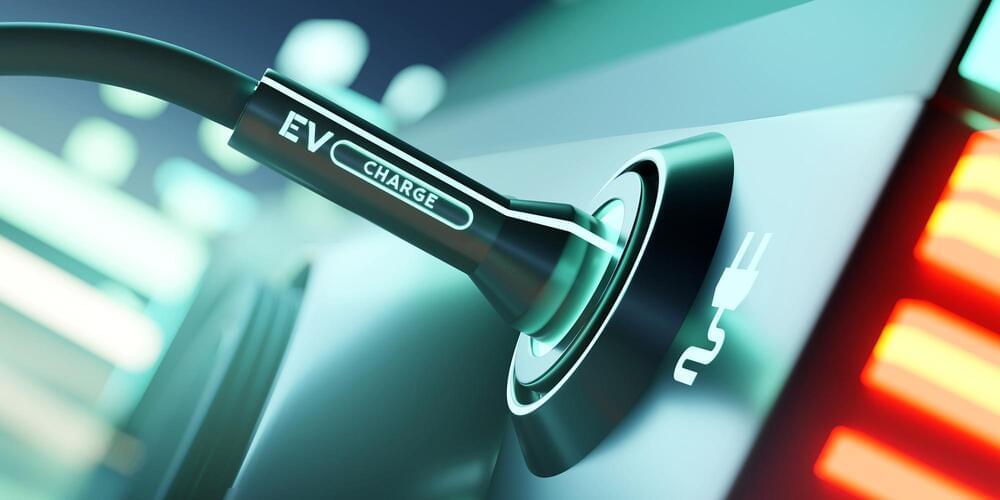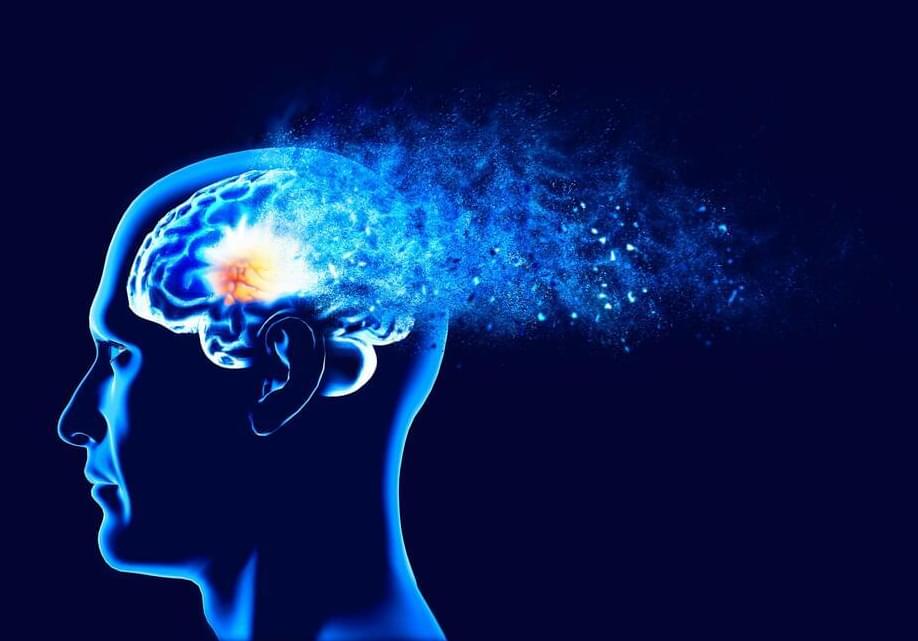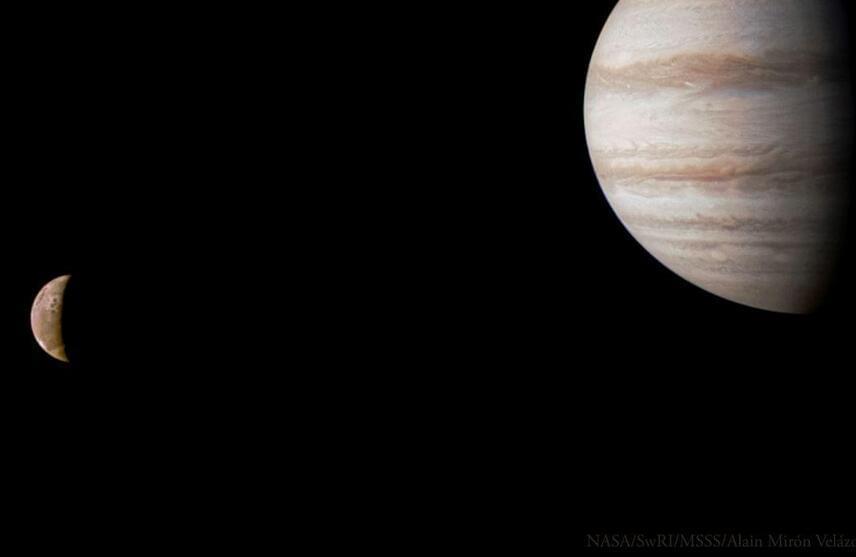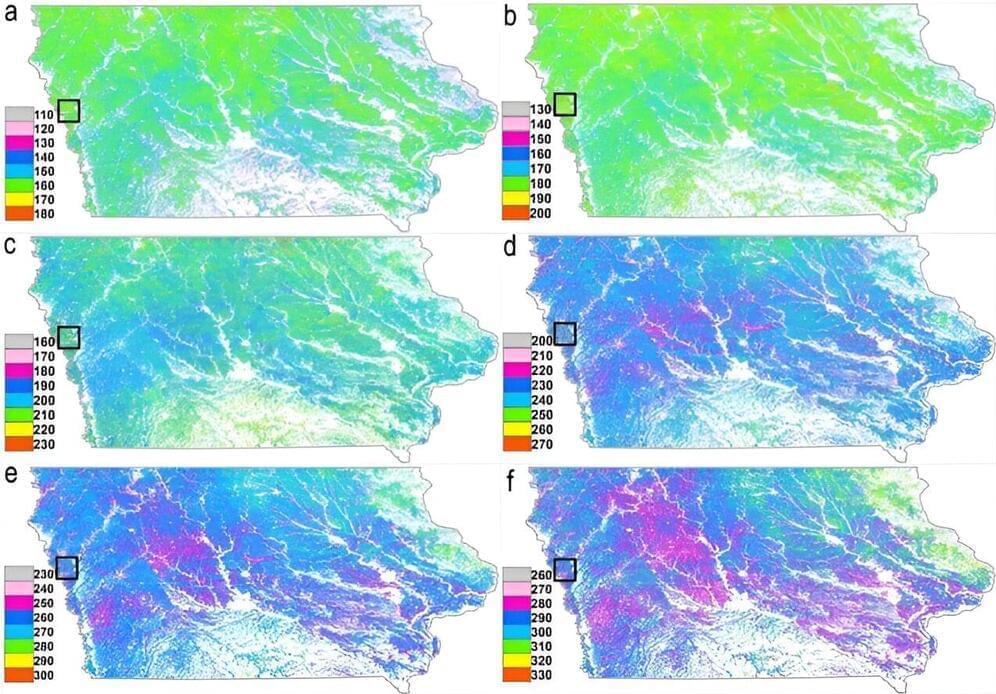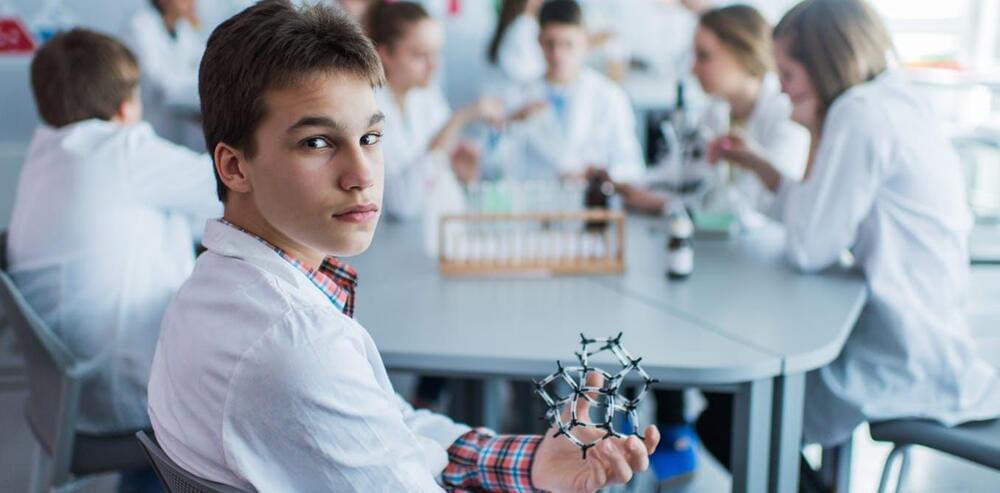There’s a three-dimensional solution to manage the evolving dual-use concern of AI: advance states-centric monitoring and regulation, promote intellectual exchange between the non-proliferation sector and the AI industry, and encourage AI industrial contributions.
Decarbonising Australia’s transport systems will take more than a transition to electric vehicles. Understanding how and when owners like to charge their cars is important. Our researchers are examining how we might persuade the increasing electricity demand to meet the time-dependent renewable energy supply.
How many people do you know who own an electric vehicle? Most Australians still drive petrol-fuelled cars. But the proportion of electric vehicles (EVs) on our roads is set to boom in coming years, particularly if the government’s plans to introduce a fuel efficiency standard prove successful.
Transport researchers at the University of Melbourne Faculty of Engineering and Information Technology have studied the expectations EV owners have for charging – and what they think of policies and technologies that aim to shape EV charging behaviours.
New insights into the medical mysteries behind dementia have been revealed this week, with two studies identifying drivers of the brain-degenerating condition.
One study, released on September 11 in the journal General Psychiatry, shows that the shortening of little caps on the end of chromosomes may be linked to increased dementia risk. Another, published in the journal JAMA on September 12, reveals that spending more time sedentary, such as sitting down, may also increase the risk.
These studies may help scientists to further understand the mechanisms behind what causes dementia to develop, and therefore how to stop it.
The Wollemi pine was thought to have gone extinct 2 million years ago until it was rediscovered by a group of hikers in 1994. Now, scientists have decoded its genome to understand how it’s survived — almost unchanged — since the time of the dinosaurs.
Specializing in extreme fast charging (XFC) battery technology for electric vehicles, StoreDot aims to solve range anxiety, which is a well-known type of anxiety among EV owners. With its “100inX” technology roadmap, the company aims to achieve a mileage of 100 miles per five minutes of charging by 2024, according to a press release.
The company is at the advanced stages of developing groundbreaking semi-solid state technologies and targets mass manufacturing of its fast-charging battery cells, 100in5, which offer 100 miles of travel in five minutes of charging in 2024, then improve its charging abilities by 40 percent to three minutes by 2028 with 100in3, and finally achieving complete charging in two minutes by improving an additional 33 percent by 2032 with 100in2 batteries.
NASA’s Juno spacecraft snapped a new view of Jupiter and its volcanic moon, Io, on July 30, revealing striking characteristics of the duo.
DeepMind cofounder Mustafa Suleyman wants to build a chatbot that does a whole lot more than chat. In a recent conversation I had with him, he told me that generative AI is just a phase. What’s next is interactive AI: bots that can carry out tasks you set for them by calling on other software and other people to get stuff done. He also calls for robust regulation —and doesn’t think that’ll be hard to achieve.
Suleyman is not the only one talking up a future filled with ever more autonomous software. But unlike most people he has a new billion-dollar company, Inflection, with a roster of top-tier talent plucked from DeepMind, Meta, and OpenAI, and—thanks to a deal with Nvidia—one of the biggest stockpiles of specialized AI hardware in the world. Suleyman has put his money—which he tells me he both isn’t interested in and wants to make more of—where his mouth is.
New research in mice suggests that a stem cell involved in backbone development might help tumors from other parts of the body move to the spine.
Farmers across the United States will be able to monitor their crops in real time, thanks to a novel algorithm from researchers in South Dakota State University’s Geospatial Sciences Center of Excellence.
Two years ago, Yu Shen, research assistant in the GSCE, and Xiaoyang Zhang, professor in the Department of Geography and Geospatial Sciences and co-director at the GSCE, began investigating if it would be possible to make crop monitoring more efficient.
“Previously, crop progress was monitored by visually looking at the plants,” Shen explained.
A former physics teacher says America could lose its technological edge if it doesn’t do a better job of teaching quantum information science – starting in high school.

